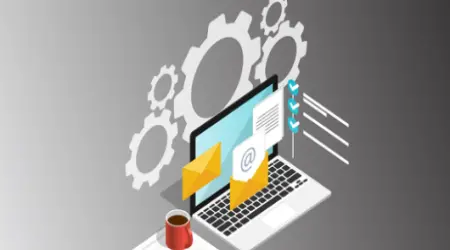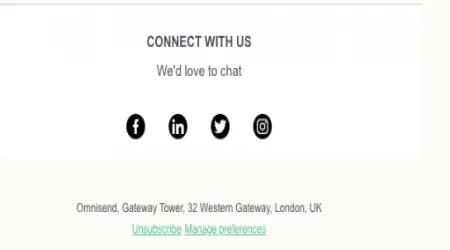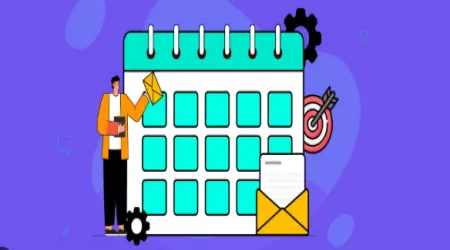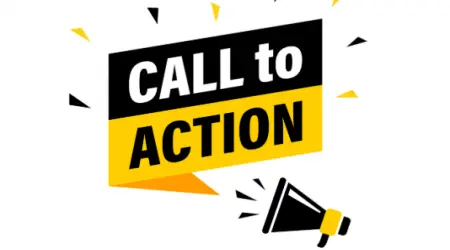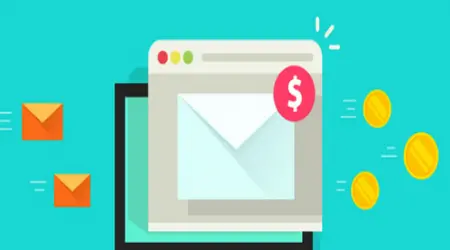

Cold Emailing vs. Opt-In Lists: What’s Ethical?
Cold Emailing vs. Opt-In Lists: What’s Ethical?
Email marketing is a powerful tool—but it must be used responsibly. One of the biggest ethical and legal debates in the field is the difference between cold emailing and building an opt-in list. Both have their place, but understanding their nuances is critical in 2025.
In this article, we’ll explore:
What cold emailing and opt-in emailing are
The ethical and legal landscape around both
Best practices to stay compliant and respectful
How to build lasting subscriber trust
1. Defining the Terms
Cold Emailing
Cold emailing means sending emails to people who have not explicitly given you permission or consent to contact them. It’s typically used for B2B sales outreach or lead generation.
Examples:
Sending a pitch to a purchased list
Emailing strangers found on LinkedIn or company websites
Opt-In Lists
An opt-in list consists of contacts who have explicitly subscribed to receive emails from you, often by filling out a form, downloading a resource, or making a purchase.
Examples:
Newsletter signups
Webinar registrations
E-commerce customers
2. Legal Frameworks Around Emailing (2025 Update)
Regulations worldwide emphasize consent and transparency.
CAN-SPAM Act (U.S.): Allows cold emailing but requires:
Clear identification of sender
Honest subject lines
Unsubscribe option
Valid physical address
GDPR (EU): Requires explicit consent to send marketing emails, making cold emailing risky without prior consent.
CASL (Canada): One of the strictest laws, requiring express consent before sending commercial emails.
Other countries: Many have similar or emerging laws emphasizing opt-in consent.
3. The Ethical Debate: Respecting Privacy and Building Trust
Even if cold emailing is legal (depending on jurisdiction), many argue it is less ethical because:
It interrupts without permission
It risks annoying or alienating recipients
It can damage brand reputation if done poorly
It often feels impersonal or spammy
In contrast, opt-in lists build relationships on trust, value, and permission.
4. When Cold Emailing Is Acceptable
Cold emailing can be ethical if:
It’s highly personalized and relevant
You provide a clear and easy opt-out
You avoid deceptive language or exaggerations
You focus on building a connection, not just selling
In B2B contexts, it remains a common tactic, but the bar is higher than ever.
5. Risks of Cold Emailing in 2025
Spam filters are more advanced and will block generic cold emails
Risk of being blacklisted by email providers
Possible fines or legal action in strict jurisdictions
Damage to sender reputation and domain deliverability
6. Best Practices for Opt-In List Building
To build an ethical, effective email list:
Use clear opt-in forms that explain what subscribers will get
Employ double opt-in to confirm subscription
Offer valuable incentives (e.g., ebooks, discounts)
Be transparent about frequency and content
Respect unsubscribe requests immediately
Keep subscriber data secure and private
7. Building Long-Term Relationships With Your List
The power of email lies in relationships. Some tips:
Deliver consistent value and relevant content
Personalize beyond the first name
Listen to subscriber feedback and adjust
Avoid over-emailing or aggressive sales tactics
Use segmentation to keep messages targeted
8. Cold Emailing Tools and Their Ethical Use
There are tools designed to automate cold outreach (e.g., LinkedIn outreach software, email scraping tools). Use them cautiously:
Always customize messages to the recipient
Avoid mass sending to purchased or scraped lists
Keep track of opt-out requests
Review local laws frequently
9. Case Study: Ethical Cold Outreach That Works
A B2B SaaS company focused on HR solutions used cold emailing ethically by:
Researching each prospect thoroughly
Writing personalized, relevant emails
Including clear opt-out links
Following up gently, max 3 attempts
Result: 18% response rate, 7% conversion to demos, no complaints.
10. Final Thoughts: Permission Is Power
In 2025, permission-based marketing wins. Cold emailing may still play a role, especially in B2B, but ethical marketers prioritize:
Respecting privacy
Being transparent
Building trust through value
When in doubt, choose opt-in. It builds brands that last.
